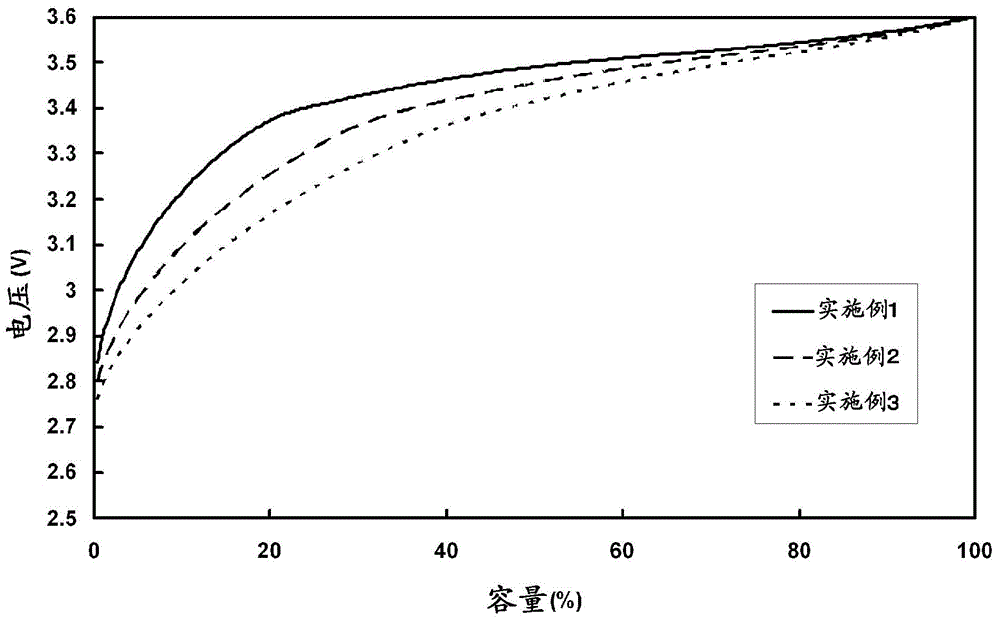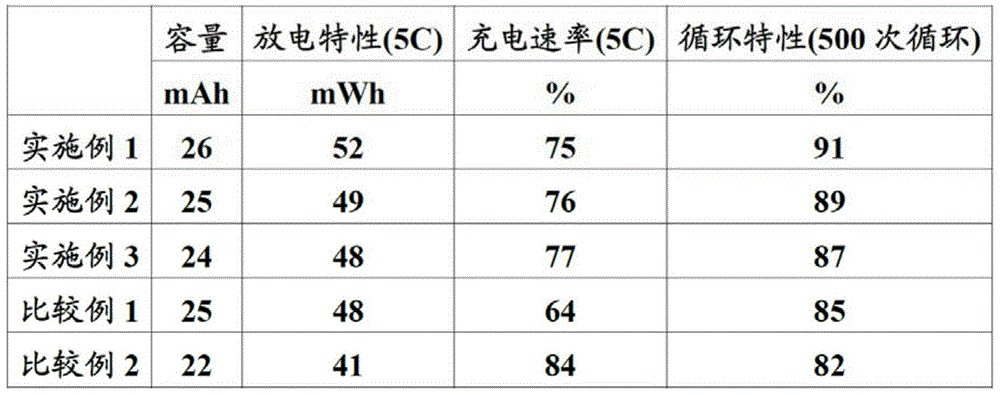Negative electrode material for lithium ion secondary battery, negative electrode sheet for lithium ion secondary battery, and lithium secondary battery
A secondary battery and negative electrode material technology, applied in secondary batteries, battery electrodes, circuits, etc., can solve the problems of small capacity and large irreversible capacity
- Summary
- Abstract
- Description
- Claims
- Application Information
AI Technical Summary
Problems solved by technology
Method used
Image
Examples
Embodiment 1
[0147] 70 parts by mass of artificial graphite (A) and 30 parts by mass of carbon material (B) were placed in a high-speed mixer made by Fuji Pandal, and mixed for 5 minutes to obtain a negative electrode material. The obtained negative electrode material has a D50 of 8.2 μm and a BET specific surface area of 2.6 m 2 / g. Electrodes and battery cells were produced using this negative electrode material, and battery characteristics were evaluated. The results are shown in Table 1.
Embodiment 2
[0149] Except changing the amount of artificial graphite (A) to 50 parts by mass, and the amount of carbon material (B) to 50 parts by mass, a negative electrode material, an electrode, and a battery cell were produced in the same manner as in Example 1. The obtained negative electrode material has a D50 of 9.9 μm and a BET specific surface area of 2.6 m 2 / g. The battery characteristics are shown in Table 1.
Embodiment 3
[0151] Except changing the amount of artificial graphite (A) to 30 parts by mass and the amount of carbon material (B) to 70 parts by mass, a negative electrode material, an electrode, and a battery cell were produced in the same manner as in Example 1. The obtained negative electrode material has a D50 of 11.4 μm and a BET specific surface area of 2.5 m 2 / g, the battery characteristics are shown in Table 1.
PUM
| Property | Measurement | Unit |
|---|---|---|
| density | aaaaa | aaaaa |
| particle size | aaaaa | aaaaa |
| particle size | aaaaa | aaaaa |
Abstract
Description
Claims
Application Information
 Login to View More
Login to View More - R&D
- Intellectual Property
- Life Sciences
- Materials
- Tech Scout
- Unparalleled Data Quality
- Higher Quality Content
- 60% Fewer Hallucinations
Browse by: Latest US Patents, China's latest patents, Technical Efficacy Thesaurus, Application Domain, Technology Topic, Popular Technical Reports.
© 2025 PatSnap. All rights reserved.Legal|Privacy policy|Modern Slavery Act Transparency Statement|Sitemap|About US| Contact US: help@patsnap.com


